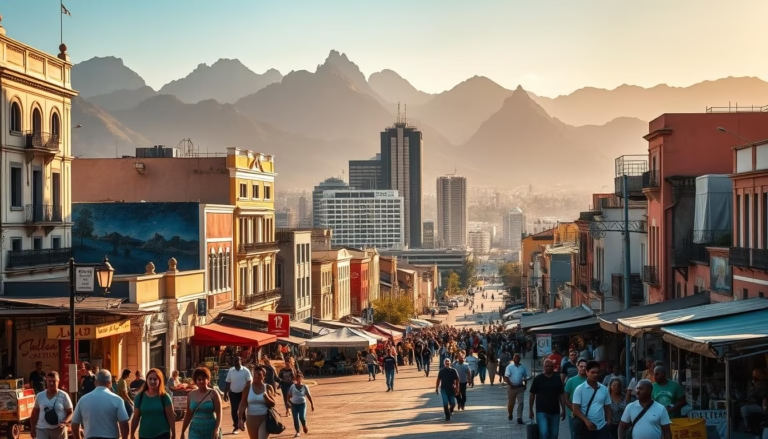Best Cities to Visit in Serbia: Top Places to Explore
Did you know 94% of American travelers haven’t considered Serbia for their European adventures? This Balkan nation surprises visitors with UNESCO-listed sites and vibrant urban energy at prices 40% lower than Paris or Rome. At the heart of it all lies Belgrade, where the Danube and Sava rivers meet beneath ancient fortress walls.
The capital city dazzles with contrasts. Underground tunnels at Kalemegdan Fortress reveal medieval secrets, while Knez Mihailova’s cobblestone streets buzz with modern cafes. Don’t miss the iconic Hotel Moskva – its cake recipe has been guarded since 1908!
Beyond the capital, Serbia’s urban gems offer unique flavors. Northern towns showcase Austro-Hungarian architecture beside award-winning vineyards. Quirky museums celebrate everything from Nikola Tesla’s inventions to Yugoslav-era film. Locals often invite travelers for homemade rakija, proving hospitality here isn’t just a tradition – it’s a way of life.
Recent infrastructure upgrades make exploring effortless. Modern buses connect cultural hotspots, while scenic train routes follow Roman trade paths. Whether you’re hunting street art in revitalized districts or dining in converted warehouses, Serbia’s cities deliver authentic experiences without the crowds.
Key Takeaways
- Serbia offers European cultural richness at significantly lower costs than Western destinations
- Belgrade combines ancient history with lively nightlife and innovative dining scenes
- Regional cities showcase diverse architectural influences from Ottoman to Art Nouveau
- Modern transportation networks enable easy exploration between urban centers
- Local hospitality often leads to unique, off-the-beaten-path experiences
- UNESCO sites and underground attractions provide unexpected historical adventures
Discovering Serbia’s Unique Charm
Few destinations blend ancient traditions with contemporary culture as seamlessly as Serbia. This crossroads of civilizations reveals itself through architecture that spans Byzantine domes, Ottoman bazaars, and Art Deco facades – all within walking distance.
A Melting Pot of History and Modern Vibes
Stroll through any urban center and you’ll find Roman mosaics under glass floors of modern cafes. Austro-Hungarian clock towers cast shadows on socialist-era apartment blocks painted with vibrant murals. This living timeline creates an unmatched atmosphere where past and present coexist.
| Historical Features | Modern Features | Where to Find Them |
|---|---|---|
| Roman ruins | Street art districts | Belgrade |
| Turkish baths | Designer boutiques | Novi Sad |
| Habsburg palaces | Tech startups | Niš |
The Warmth of Serbian Hospitality
Locals don’t just recommend restaurants – they’ll walk you there. Family recipes get shared over plum brandy in cozy taverns. As one Belgrade chef told me: “Our food tastes like home because we cook with memories.”
Regional specialties tell their own stories. Vojvodina’s paprika-spiced stews reflect Hungarian roots, while mountain villages serve smoked meats aged in oak barrels. For more inspiration, check out these hidden gems across the country.
Exploring the best cities to visit in serbia
Serbia’s urban landscape tells stories through cobblestones and cupolas. Three standout destinations reveal different chapters of the nation’s identity – from riverfront capitals to festival hubs steeped in history.

Iconic Urban Centers
Belgrade thrums with energy where the Danube meets the Sava. The capital city’s Kalemegdan Fortress hides Roman ruins beneath grassy slopes, while floating nightclubs pulse on the rivers after dark. “Our fortress isn’t just stone – it’s Serbia’s heartbeat,” says local guide Ana Petrović.
Novi Sad charms with pastel buildings and Europe’s largest music festival. Petrovaradin Fortress’ clock tower famously has reversed hands – large for minutes, small for hours. The Danube River becomes a stage during EXIT Festival, where electronic beats echo through 17th-century tunnels.
Niš delivers raw history where East meets West. Constantine the Great’s birthplace preserves a spine-chilling Ottoman relic – the Skull Tower. Yet locals balance this gravity with warm plazas serving ajvar-roasted meats.
Distinct Regional Flavors
Vojvodina’s northern towns like Subotica wow with Art Nouveau palaces housing paprika-spiced stews. Head south to Zlatibor mountain villages where smokehouses perfume the air with kajmak cheese.
| Northern Specialties | Southern Traditions | Must-Try Dishes |
|---|---|---|
| Fisherman’s soup | Leskovac grilled meats | Pljeskavica burger |
| Tokaji wines | Rakija fruit brandy | Gibanica pastry |
Quaint towns like Kragujevac surprise visitors. Here, antique trams still clang past socialist architecture turned street art canvases. As chef Miloš Jovanović shares: “We cook like our grandmothers – slow, proud, and always extra portions.”
Cultural Landmarks and Historical Heritage
Step into Serbia’s living history book where stone walls whisper tales of empires. Every monument offers chapters of resilience and artistry spanning 2,000 years.
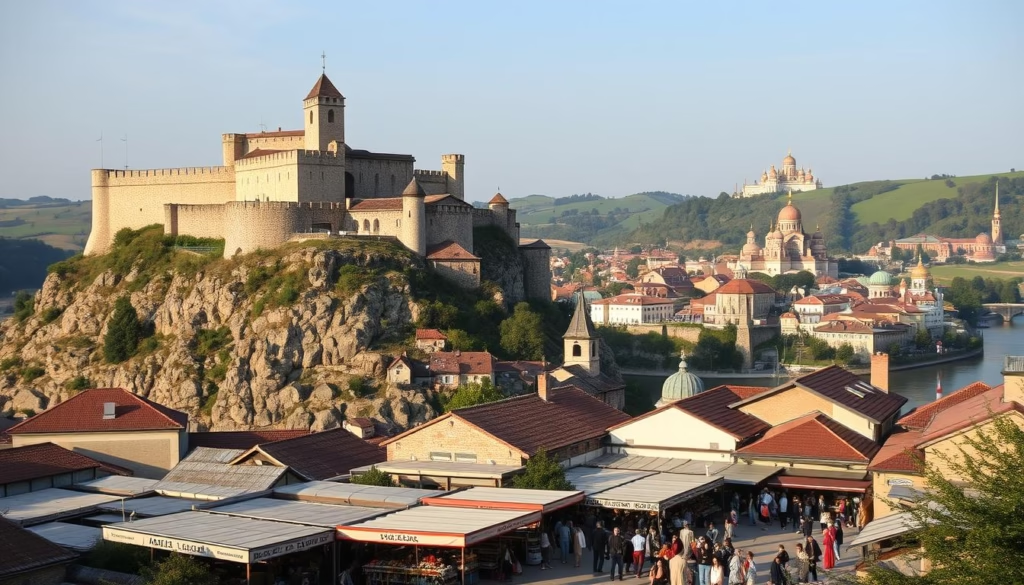
Monuments That Tell a Story
Niš’s Skull Tower stands as Europe’s most chilling memorial. Ottoman rulers cemented 952 rebel skulls into its walls in 1809. Today, 60 remain – silent witnesses to Serbia’s unbroken spirit. “This isn’t just stone,” says historian Marko Đorđević. “It’s our ancestors saying ‘We’re still here.'”
Golubac Fortress guards the Danube like a stone dragon. Its 14th-century towers saw Hungarian knights and Ottoman armies clash. Climb its restored walls for views where the river carves through Djerdap Gorge.
UNESCO Sites and Timeless Architecture
Studenica Monastery’s white marble shines as Serbia’s first UNESCO World Heritage Site. Its 12th-century frescoes glow with biblical scenes in radiant blues and golds. Nearby, Tumane Monastery monks serve honey cake – sweet contrast to the region’s turbulent past.
Architectural marvels reveal rich cultural influences:
- Byzantine domes in Žiča Monastery
- Baroque bell towers in Novi Sad
- Ottain baths beneath Belgrade cafes
From Roman mosaics to socialist monuments, Serbia’s landscape layers history like sedimentary rock. Each era left marks saying “We built, we endured, we created.”
Natural Wonders and Scenic Landscapes
Serbia’s wild spaces whisper stories through twisted rock towers and mirror-like lakes. Beyond urban centers, the country reveals untamed beauty shaped by volcanic forces and ancient seas.
Majestic National Parks and Lakes
Tara National Park dazzles adventurers with emerald forests hugging the Drina River. Kayakers glide past the iconic lake house perched on a stone island – Serbia’s most photographed natural landmark. Hikers reach Banjska Stena viewpoint for panoramas stretching into Bosnia.
Devil’s Town near Kuršumlija stuns with 202 earth pyramids crowned by stone “hats.” Local legends claim these formations are petrified wedding guests cursed by a vengeful witch. Scientists say erosion carved them – but why spoil a good story?
Fruška Gora mountain hides treasures in its forested slopes. Sixteen glacial lakes sparkle below Venac Peak, where Arena restaurant serves venison stew with views spanning three countries. Monks still make honey wine at 18 medieval monasteries dotting this former Pannonian Sea island.
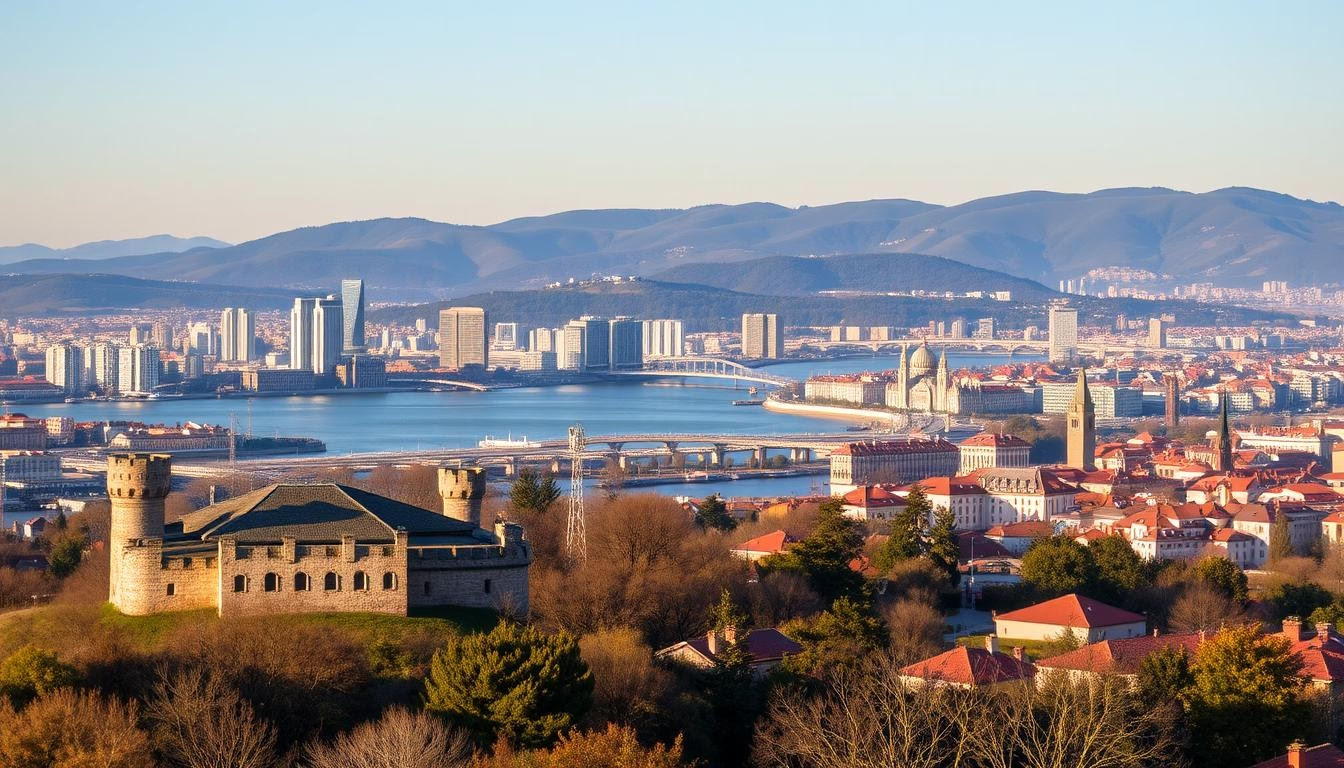

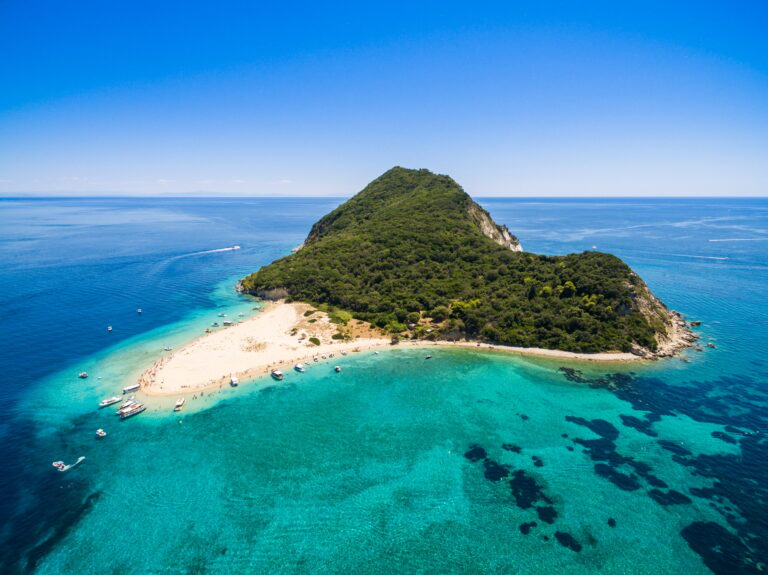
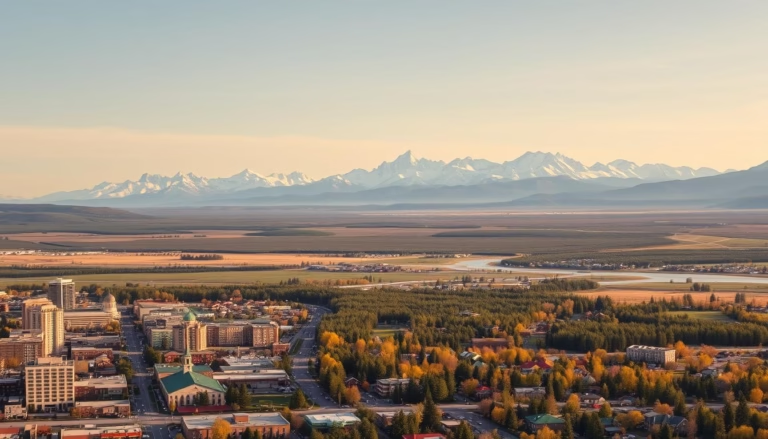
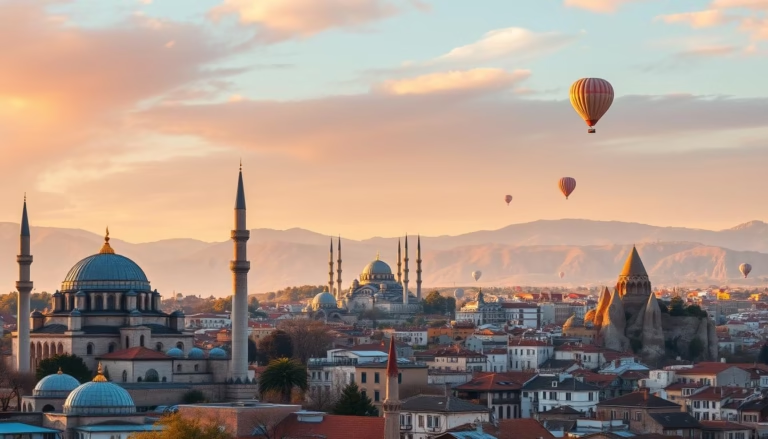
![Experience the Thrill of Helicopter Rides in [Location] 7 helicopter rides](https://boundlesstour.com/wp-content/uploads/2025/08/helicopter-rides-768x439.avif)
